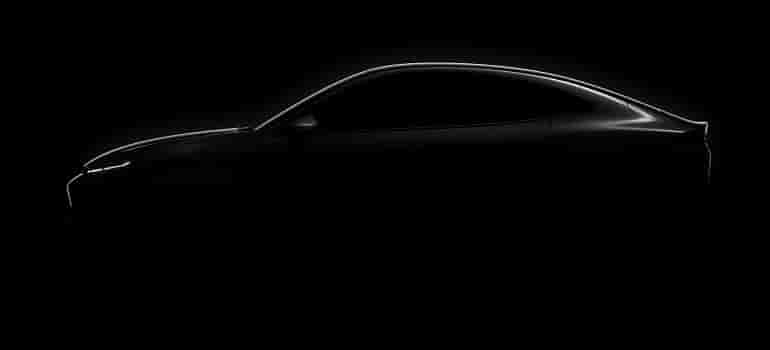Materials, Rare-Earths, Axial Flux, and In-wheel Motors Shaping the Future of Electric Vehicle Motors
In the ever-evolving market of electric vehicles (EVs), electric traction motors, initially developed in the 1800s, continue to undergo significant advancements. IDTechEx, a renowned research firm specializing in electric traction motors for electric vehicles since 2012, highlights the continuous surprises and impressive developments in their latest report, “Electric Motors for Electric Vehicles 2024-2034.”
Materials and Rare-Earths: A Crucial Consideration
The report emphasizes the growing focus on materials and underlying motor topology in recent years. Various stakeholders are striving to enhance power and torque density by exploring acquisitions related to axial flux motors. Simultaneously, the quest for cost-effectiveness and sustainability drives efforts to reduce or eliminate the dependence on rare earths. However, achieving both objectives simultaneously proves challenging in reality. IDTechEx’s comprehensive analysis delves into motor technology, market adoption, material utilization, and market forecasts.
Magnetic Materials and Rare-Earths Concerns
An important aspect of the EV motor market revolves around magnetic materials. Notably, permanent magnet (PM) motors have consistently accounted for over 75% of the electric car market from 2015 to 2022. However, the reliance on rare-earth magnets remains a concern in 2023 due to their limited supply chain centered in China. The resurgence of prices, as experienced in 2011/2012, further intensifies these concerns. To mitigate these risks, several European original equipment manufacturers (OEMs) have embraced magnet-free designs. Renault and BMW adopted wound rotor motors, while Audi opted for induction motors. Tesla, in a significant announcement, revealed its next-generation motor as a PM machine without rare earths, thereby fueling interest in alternative magnetic materials like ferrite magnets. However, mass adoption of ferrite magnets presents challenges due to their impact on power and torque, demanding optimized motor design. Notably, Niron’s iron nitride magnets and other emerging magnetic alloys are also being explored as potential alternatives.
Axial Flux and In-wheel Motors as Emerging Options
The report sheds light on two emerging alternatives to traditional radial flux motors in EVs: axial flux and in-wheel motors. Axial flux motors feature a magnetic flux parallel to the axis of rotation, offering benefits such as increased power and torque density, as well as a compact pancake form factor suitable for diverse integration scenarios. Although initially slow to gain traction, the technology has evolved, with notable developments including Daimler’s acquisition of YASA for integration in the upcoming AMG electric platform, and Renault’s partnership with WHYLOT to utilize axial flux motors in hybrids starting from 2025. In-wheel motors, on the other hand, have seen limited adoption in on-road vehicles, such as a few Lordstown trucks. Notably, Dongfeng showcased the first homologated passenger car with ProteanDrive (an in-wheel motor platform) in 2023, and subsequent fleet testing is underway.
IDTechEx’s Insights and Predictions
While IDTechEx anticipates a surge in demand for axial flux and in-wheel motors in certain vehicle categories, the report does not foresee the complete displacement of traditional on-board radial flux machines in the near future. With China’s dominance in the EV market, PM motors are expected to maintain their position as the dominant motor type. However, the report also predicts a continuous reduction in rare-earth usage per motor, along with greater progress in the adoption of alternative magnetic materials.


